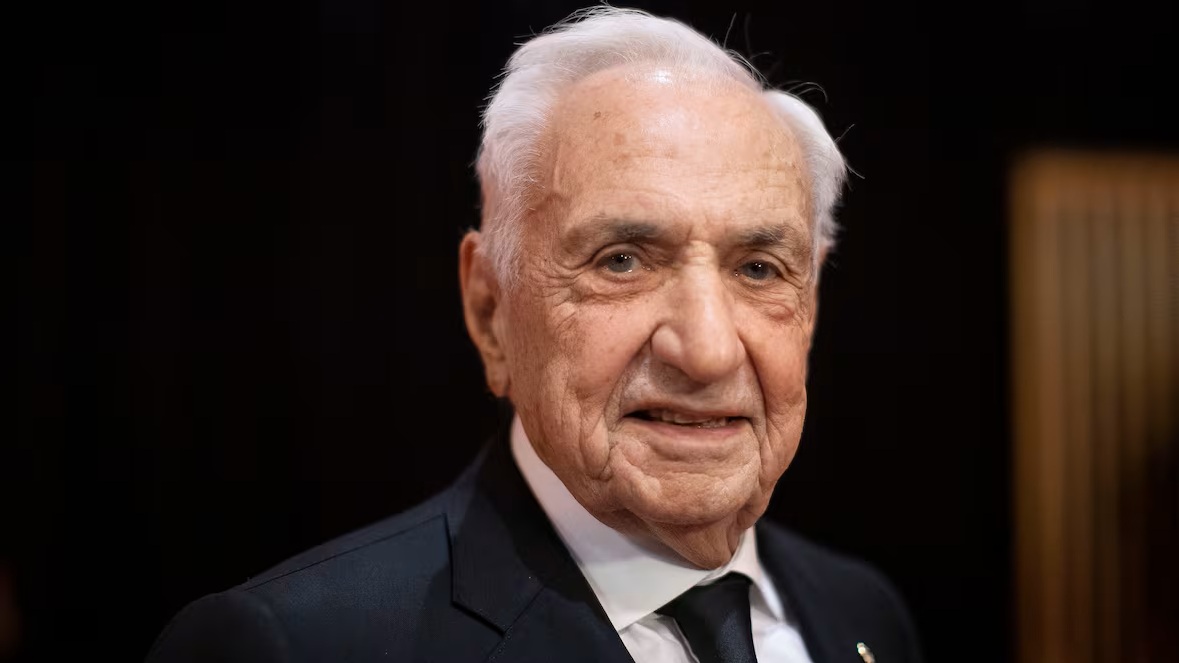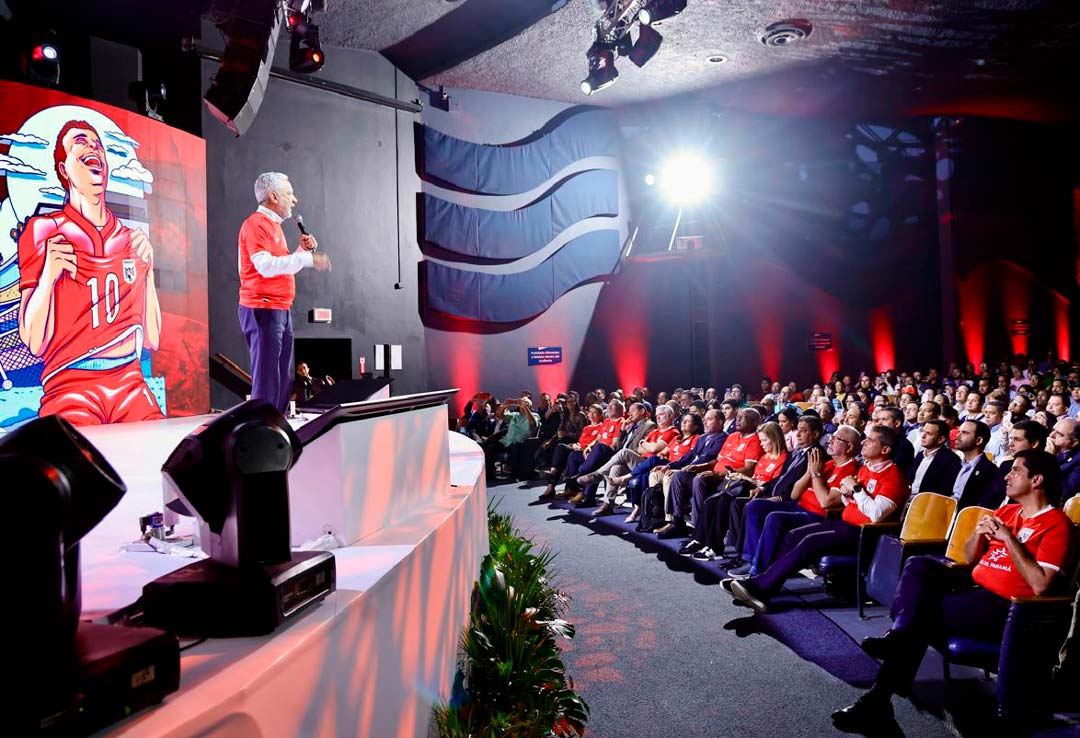Wearin of the Green just Irish blarney, but who cares

By Dafydd Young
SAINT PATRICK’S DAY, Monday March 17, will be widely celebrated in Panama by a combination of those who claim to have even a teeny-weeny bit of Irish heritage, those taken a break from Lenten abstinence, and those needing no excuse for another party.
They all come under the March 17 slogan, On Saint Patrick’s Day, All the World’s Irish and that includes Fritz Schmutte, mein host of Rincon Aleman on Calle 51, whose German hostelry will be alive with good company and Irish music, awash with Guinness, Irish Whiskey and green beer, and all mopped up with a stomach lining of Irish stew. The celebrating starts at noon and continues throughout the day and evening.
There are sure to be other parties underway, but they didn’t have the moxie to contact us.
Meanwhile, to make sure you have all your facts straight about the Irish Saint ‘who came from Wales, here’s a report from The Week
Drinking and parades may seem to be St Patrick's Day staples, but neither tradition hails from old Ireland
L
The Feast of St Patrick – is a religious and cultural holiday celebrated by Irish people, and the Irish-at-heart, worldwide
The feast day of Ireland’s patron saint, who lived from 385 to 461 AD, falls within Lent and offers Christians a respite from restrictions on eating and drinking. Revelry and merriment are the order of the day.
But although millions of people don green regalia to mark the occasion with parades, good cheer, and even the odd pint or two, many of the traditions associated with St Patrick are far from ancient.
An association with the color green is relatively recent, reports Time Magazine, which says the knights of St Patrick actually wore a color known as “St Patrick’s blue”. Modern academics also note that blue features prominently on many of Ireland’s ancient Celtic flags.
The use of green as a symbol of Ireland didn’t really become widespread until the end of the 18th century, when green banners were hoisted by the United Irishmen during the Irish Rebellion of 1798. The same period saw the shamrock adopted as an emblem of Irish nationalism – an association that continues today.
Booze, glorious booze
Another misconception surrounding St Patrick’s Day is that it’s always been an excuse for a round of drinks. But although the occasion became an official public holiday in Ireland in 1903, thanks to campaigning in Westminster by Irish politician James O’Mara, public houses in the Emerald Isle weren’t allowed to open on March17 until the 1960s for fear it could promote excessive drinking.
Since the repeal of these restrictions, drinking has become an integral part of the celebrations, not just in Ireland, but worldwide. The Daily Telegraph estimates that global sales of Guinness more than double on St Patrick’s day – jumping from a daily average of 5.5 million pints to 13 million on 17 March.
Rain on the Irish parade
Though unofficial St Patrick’s Day parades were commonplace in Ireland throughout the 19th century, the first official parade didn’t occur in Dublin until 1931. In fact, the St Patrick’s Day parade as we know it today is a largely American invention.
The first parade on US soil took place back in 1762, when Irish soldiers serving in the English army celebrated the holiday by marching through the streets of New York. By 1848 this parade was an annual city event, and today New York’s procession includes over 150,000 people, and attracts nearly 3 million spectators.
But while New York has the St Patrick’s Day parade, Chicago invented its own tradition of dying the Chicago River green to mark the occasion. In 1962 sanitation workers realised that the green dye they used to check for illegally dumped sewage could double as a St. Patrick's Day decoration. The city has been greening its waterways ever since.
Nearly 35 million Americans claim some sort of Irish ancestry – that’s seven times more than the population of Ireland itself, and according Philip Freeman, “St Patrick’s Day is basically an invention of this Irish American contingent.”
The professor of classics also highlights that “modern celebrations really have very little to do with Irish traditions, or St Patrick himself.” I’ll wager on my Irish grandfather’s grave that no one at Rincon Aleman on Monday will care a damn.





